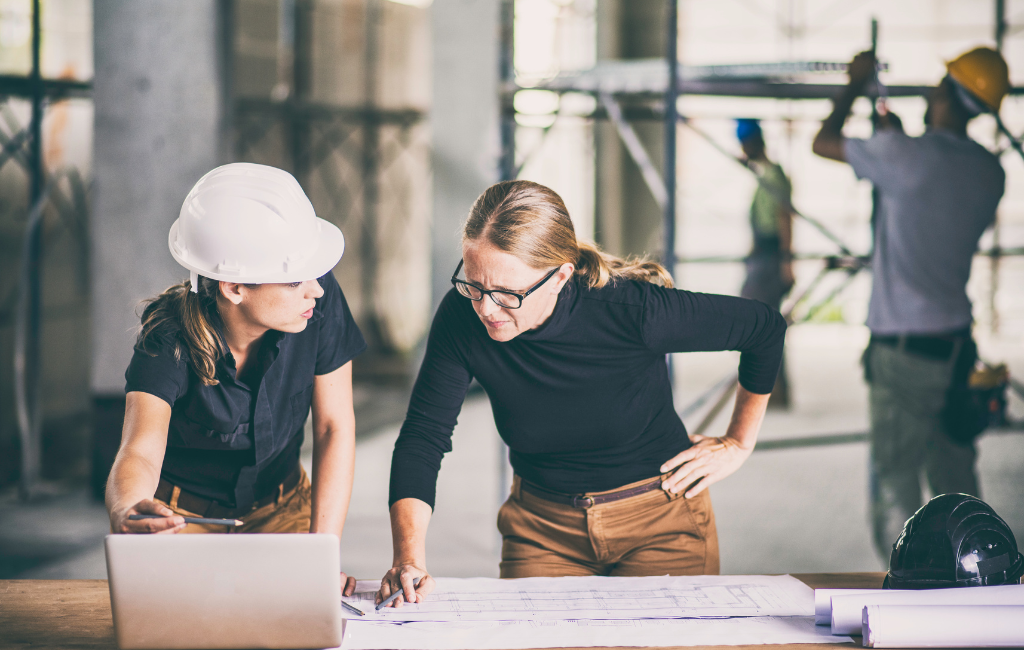Architect Inspiring Designs

-
Table of Contents
- Architects – Crafting Functional and Inspiring Designs
- The Role of Architects
- Designing for Functionality
- Incorporating Aesthetics
- Case Studies of Iconic Architectural Designs
- The Sydney Opera House
- The Burj Khalifa
- The Fallingwater House
- The Impact of Sustainable Design
- Green Building Certifications
- Examples of Sustainable Architecture
- The Future of Architecture
- Embracing Technology
- Addressing Urban Challenges
- Conclusion
Architect Inspiring Designs
Architects play a pivotal role in shaping the built environment, blending creativity with practicality to create spaces that are both functional and inspiring. Their work impacts our daily lives, influencing how we live, work, and interact with our surroundings. This article explores the multifaceted role of architects, highlighting their contributions to society through various examples and case studies.
The Role of Architects
Architects are responsible for designing buildings and structures that meet the needs of their clients while adhering to safety regulations and environmental considerations. Their work involves a combination of art and science, requiring a deep understanding of materials, engineering principles, and aesthetic values.
Designing for Functionality
One of the primary responsibilities of architects is to ensure that their designs are functional. This means creating spaces that are practical and meet the specific needs of the users. For example, in designing a hospital, architects must consider the flow of patients, staff, and equipment to ensure efficiency and safety.
- Space planning
- Accessibility
- Safety regulations
- Environmental impact
Incorporating Aesthetics
While functionality is critical, architects also strive to create visually appealing designs. Aesthetics play a significant role in how people perceive and interact with a space. For instance, the Guggenheim Museum in Bilbao, designed by Frank Gehry, is renowned for its stunning architecture, which has become a symbol of the city.
- Visual appeal
- Harmony with surroundings
- Use of materials
- Innovative design elements
Case Studies of Iconic Architectural Designs
Examining notable architectural projects can provide valuable insights into the impact of thoughtful design. Here are a few examples that highlight the diverse contributions of architects.
The Sydney Opera House
Designed by Danish architect Jørn Utzon, the Sydney Opera House is an iconic example of modern architecture. Its unique sail-like design has made it one of the most recognizable buildings in the world. The structure not only serves as a premier performing arts venue but also stands as a symbol of Australia’s cultural identity.
The Burj Khalifa
The Burj Khalifa in Dubai, designed by Adrian Smith of Skidmore, Owings & Merrill, is the tallest building in the world. This architectural marvel showcases the possibilities of modern engineering and design. The building’s sleek, tapering form and innovative structural system have set new standards for skyscraper design.
The Fallingwater House
Frank Lloyd Wright’s Fallingwater House is a masterpiece of organic architecture. Built over a waterfall in Pennsylvania, the house seamlessly integrates with its natural surroundings. Wright’s design philosophy emphasized harmony between human habitation and the natural world, making Fallingwater a timeless example of sustainable architecture.
The Impact of Sustainable Design
In recent years, sustainability has become a key focus for architects. Sustainable design aims to minimize the environmental impact of buildings through energy-efficient systems, sustainable materials, and innovative construction techniques.
Green Building Certifications
Many architects pursue green building certifications, such as LEED (Leadership in Energy and Environmental Design), to demonstrate their commitment to sustainability. These certifications provide a framework for designing and constructing environmentally responsible buildings.
- Energy efficiency
- Water conservation
- Use of renewable materials
- Indoor environmental quality
Examples of Sustainable Architecture
Several buildings around the world exemplify sustainable design principles. The Bullitt Center in Seattle, designed by Miller Hull Partnership, is often referred to as the greenest commercial building in the world. It features solar panels, rainwater harvesting, and composting toilets, among other sustainable features.
Another example is the Bosco Verticale in Milan, designed by Stefano Boeri. These residential towers are covered in trees and plants, which help to improve air quality and provide natural insulation.
The Future of Architecture
The field of architecture is constantly evolving, driven by advancements in technology and changing societal needs. Architects are increasingly using digital tools, such as Building Information Modeling (BIM) and virtual reality, to enhance their design processes and improve collaboration with clients and contractors.
Embracing Technology
Technological innovations are transforming the way architects work. BIM allows for the creation of detailed 3D models that can be used to simulate various aspects of a building’s performance. Virtual reality enables architects to immerse clients in their designs, providing a more interactive and engaging experience.
- Building Information Modeling (BIM)
- Virtual reality
- 3D printing
- Smart building systems
Addressing Urban Challenges
As urban populations continue to grow, architects face the challenge of designing cities that are livable, sustainable, and resilient. This involves creating mixed-use developments, improving public transportation, and incorporating green spaces into urban environments.
One example is the High Line in New York City, a linear park built on a disused elevated railway track. Designed by James Corner Field Operations and Diller Scofidio + Renfro, the High Line has transformed a neglected area into a vibrant public space, demonstrating the potential of innovative urban design.
Conclusion
Architects have a profound impact on the built environment, shaping the spaces where we live, work, and play. Through a combination of functionality and aesthetics, they create designs that inspire and enhance our daily lives. By embracing sustainability and leveraging technological advancements, architects are well-positioned to address the challenges of the future and continue crafting spaces that are both functional and inspiring.